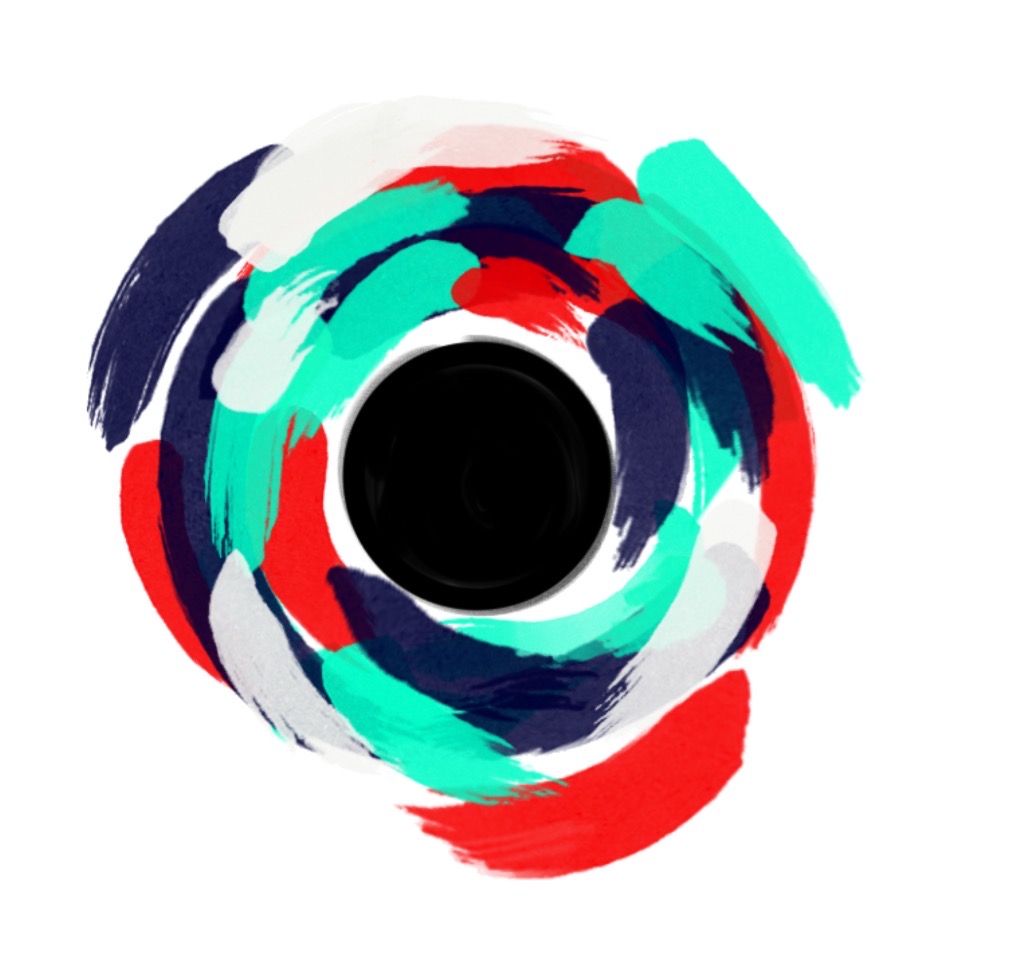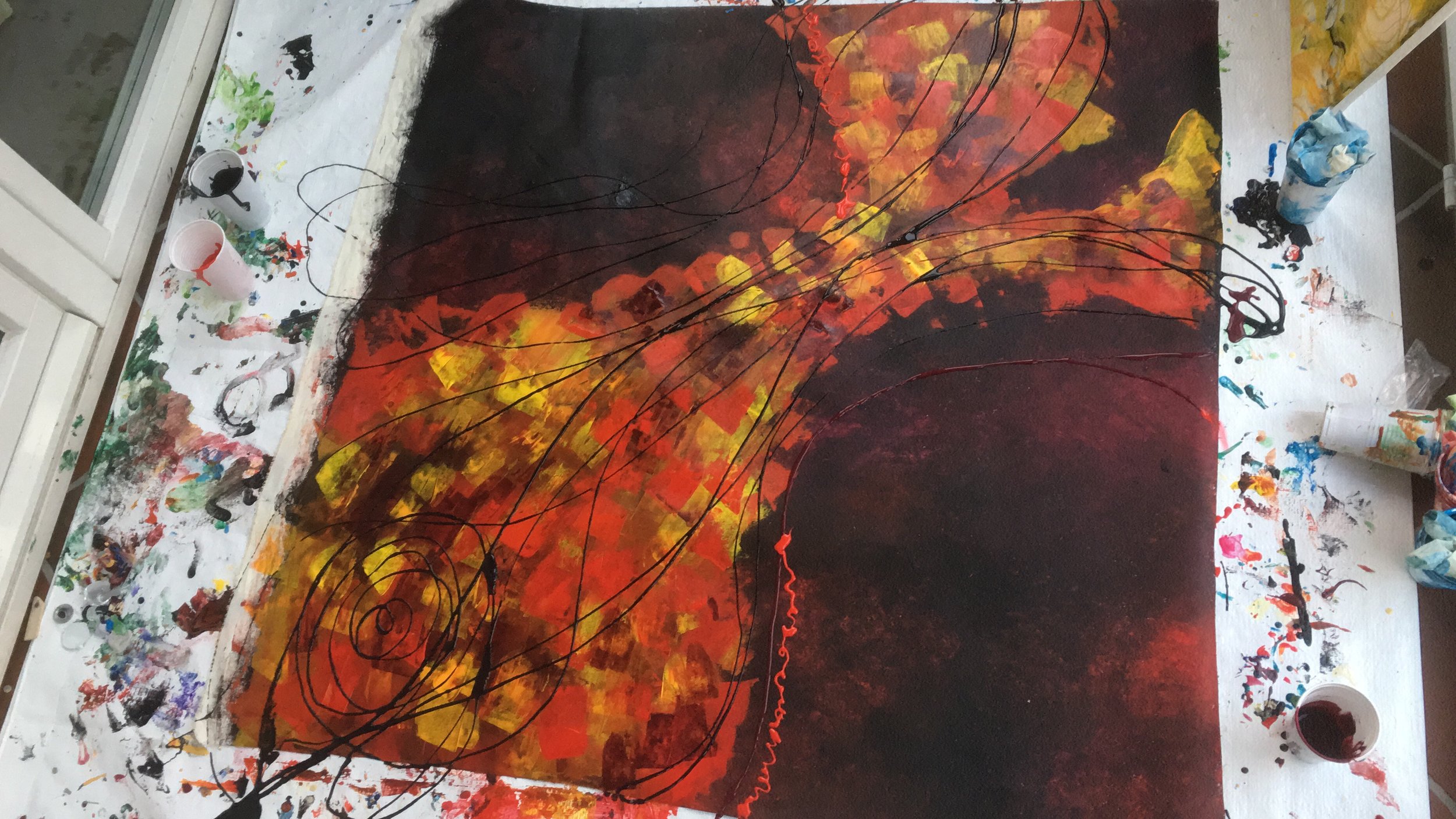Last week I talked about an artist’s style and my complete lack of one. So in continuation of that I decided that I would take a stab at trying to help you find yours. I know, that makes no sense, since I have pretty much no idea what mine is! These are just the mental steps that I followed when I was trying to develop/find one. Hopefully, they work better for you than me!I think the following steps could be applied to more than fine art so try and let me know!
I’m warning you now, this might seem really obvious but I know a lot of artists who have never really looked at finished work! And it might tell you some interesting things even if you don’t find a pattern!
My go to pieces!
Gathering your most important work
Right, here, ‘important’ is a pretty relative term. I just mean the work that speaks to you and others the most. The most ‘successful’ pieces (in your eyes) in your repertoire. Basically when someone asks to see some of your work, which images do you show them first! Above are the three pieces that I always go to, they’re some of my best work in my mind.
This work would encapsulate you best, and the more background sketches, inspiration images and little experiment pieces you add with the finished one, the better! They say even more about you, your style and your process than just the piece. Put them together in an digital album; just gathering them up so you can look at them together.
Some work that I would discount are very specific commissions (you and the client worked together, its not pure you), any excercises that you did for a class/workshop (that’s your teacher’s style diluting yours) or any work where you were trying to figure out a new medium/tool.
Look at all of the work together
You’ve got a summation of your work laid out in front of you. What catches your eye? What’s the most prominent pattern? It should be something to make people go: “Oh yeah, that’s ______’s work!”. Maybe get someone who doesn’t know your work too well to have a look as well and see what stands out to them. It may be something you missed!
If you’re really struggling put your art analysis skills (come on, we all have them cause we’re constantly looking at art) to the test and try to find patterns in the following: technique, color, composition, and specific elements like flowers, skulls, whatever!
Still don’t find a really big obvious pattern? Try the next step
Looking at emotion as a theme
Find the reason/inspiration between the pieces
Hey, an artist’s style doesn’t actually have to be that obvious! Maybe your inspirations tie them together! This was the final thing that led me to find a style (well...half a style).
Remember the thing that drove you to create it. Was it an emotion, an experience, or did you just love the look of that flower? You probably kept coming back to a theme. I know, I say that with unwarranted confidence, but seriously: every artist has an inspiration that they keep coming back to. You might have to dig a little ( why exactly was that flower so great?). The inspiration doesn’t necessarily have to apply to every single piece, sometimes you’re just painting for the sake of putting paint on a canvas. It should tie most of them together though.
If you find a distinct pattern, that’s your style! Congrats! Celebrate by making a new piece in your (now conscious) style! If this didn’t work for you, let me know below! If it worked amazingly, I’d love to hear that too!
Good luck!
Shivani













